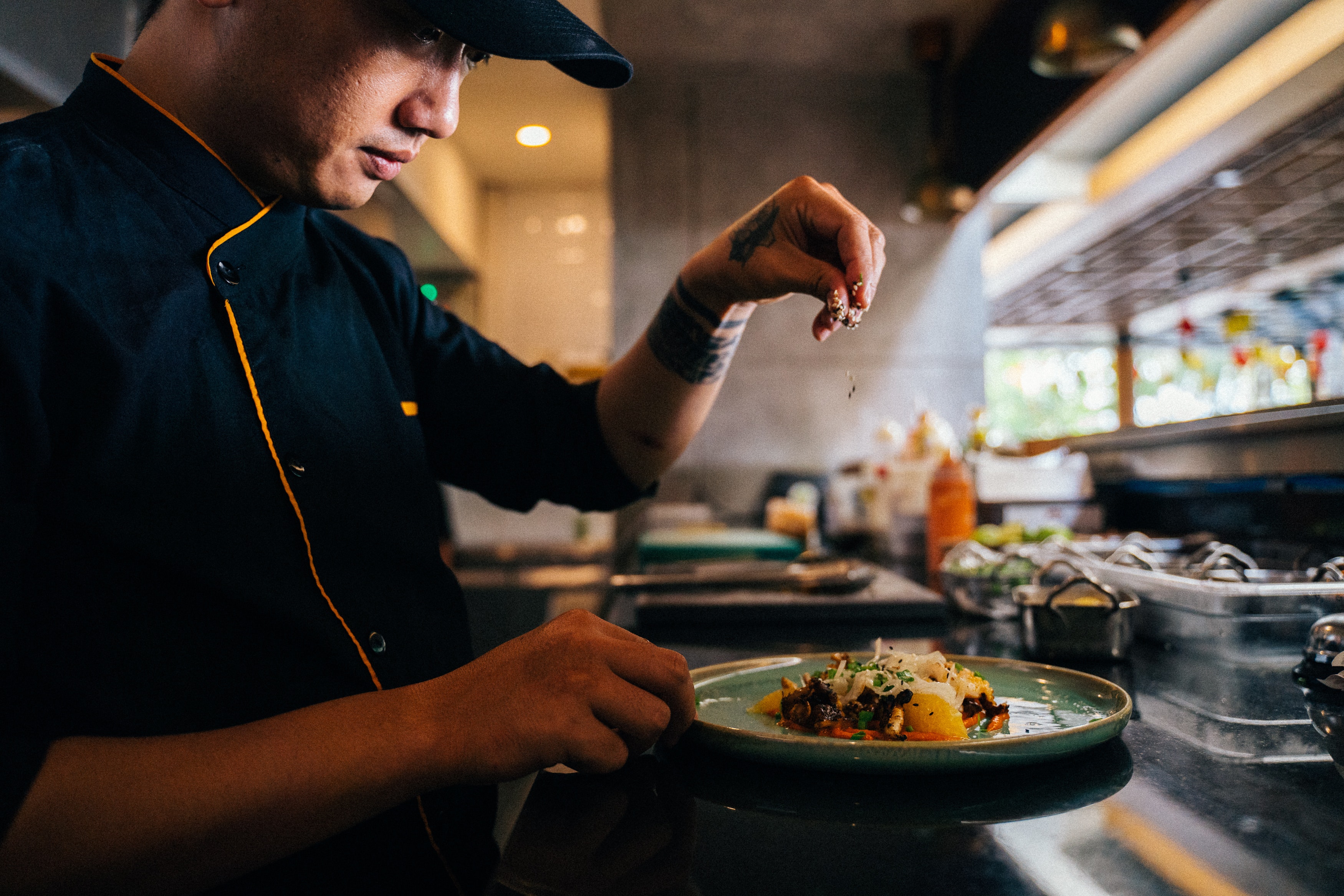How L'Osteria and FoodNotify Drive Digital Change in Hospitality
Discover how L’Osteria leverages FoodNotify’s digital solutions to optimize processes, reduce food waste, and drive sustainability in the hospitality...
Learn more about hospitality labor costs, available statistics, and how to effectively reduce them in your business.

Are you faced with the difficult task of reducing your company's expenses without cutting your employees' salaries? We're here to help you understand the importance of labor costs to your business and provide guidance on how to optimize them.
In this article, we'll provide valuable insights into labor costs, including:
Labor costs, simply put, are all the costs associated with your employees that restaurant owners need to cover. These costs fall into two major categories:
In the hospitality industry, labor costs as a percentage of total expenses tend to be significantly higher than in many other industries. The reason is simple: hospitality often requires a higher level of staffing to serve guests.
It's critical for restaurateurs to understand their labor costs, as they can have a significant impact on their contribution margin and therefore their cash flow.
Are you curious about the role of labor costs in the hospitality industry? For quite some time now, the numbers have made it clear that labor expenses are the largest cost component in the hospitality sector, closely followed by the cost of goods sold. This is due to the industry's inherently labor-intensive nature.
In the realm of fast food restaurants, labor costs can often be as high as 25 %. However, it's important to note that this doesn't mean that labor costs can't or shouldn't be higher. This scenario makes sense when you consider the fast-paced nature of food service, the relatively higher profit margins, and the relatively unspecialized labor force, all of which contribute to lower delivery costs.
For restaurants that offer table service, the percentage of labor costs is typically in the 30-40 % range. This variation depends on factors such as the complexity of the menu and the level of service provided. Food costs, including beverages, generally range from 28 % to 35 % for different types of restaurants, depending on their style and sales mix.
Fine dining establishments, on the other hand, tend to operate at or above the upper end of the 30-40 % range. A fine-dining restaurant that offers dishes with numerous ingredients, as well as house items will naturally have higher labor costs. In contrast, a steakhouse that specializes in high-end but relatively simple fare will generally have lower labor costs in comparison.
Understanding these labor cost dynamics is critical to effective financial management in the restaurant industry. By recognizing the factors that influence labor costs, restaurateurs can make informed decisions to optimize their operations and profitability.

In the world of hospitality, understanding key operational metrics is critical to efficiently managing your workforce and controlling costs.
Labor cost refers to the total amount of money you spend on your employees. This includes their wages, benefits, payroll taxes, and any other labor-related expenses. Keeping an eye on labor costs helps you manage your budget effectively.
The labor cost percentage is the percentage of your total sales revenue that goes toward paying your employees. Most restaurants aim for a labor cost percentage between 20 % and 30 % of their sales. However, these can vary depending on the type of restaurant you operate, as already mentioned above.
The prime cost percentage is a broader metric that combines both labor and food costs as a percentage of total sales. This provides a comprehensive view of your operating costs. Keeping your prime cost percentage in check is critical to maintaining profitability.
The employee turnover rate measures how often your employees leave and are replaced in a given period of time. A high turnover rate can be costly and disruptive to your operations. Reducing turnover not only saves money on recruiting and training, but also promotes a stable and experienced workforce.
The labor cost is the total expenditure incurred on your employees, including wages, benefits, taxes, and other associated expenses:
Labor Cost = Total Employee Wages + Employee Benefits + Payroll Taxes + Other Labor - Related Expenses

The labor cost percentage represents the portion of your total sales revenue that is spent on labor expenses. It's a critical indicator of operational efficiency.
Labor Cost Percentage = (Total Labor Cost / Total Sales) x 100

Consider calculating labor costs for individual departments, such as the kitchen or service, to gain insights into cost distribution and optimization opportunities. For example, you can assess the kitchen team's costs relative to food sales.
The prime cost percentage combines both food and labor costs as a percentage of total sales. It's a comprehensive measure of your operational expenses.
Prime Cost Percentage = (Total Cost of Goods Sold + Total Labor Cost) / Total Sales x 100

Monitor the efficiency of your servers by tracking the number of customers served per server per hour. A higher number reflects better efficiency.
Customers Served per Server per Hour = (Total Customers Served) / (Total Labor Hours Worked by Servers)
In the hospitality industry, staff turnover can be high due to seasonal fluctuations and demanding work conditions. Calculate your employee turnover rate to assess retention and hiring challenges.
Employee Turnover Rate = (Number of Employees Separated / Average Number of Employees) x 100

To mitigate turnover, focus on thorough candidate selection and consider implementing a bonus program to boost overall staff satisfaction. Remember, happy employees lead to happy customers.

Effectively managing your company's profits includes optimizing your financial spending on people. Fortunately, it's not as difficult as it may seem.
Efficient planning is crucial: your company's schedule significantly impacts labor costs. Predictive scheduling allows you to deploy your team effectively and gain insight into staff capacity. A well-crafted schedule can help you avoid overtime and minimize employee hours, preventing idle time and excessive expenses.
Consider using automated scheduling software. It can help distribute service staff's working hours fairly, considering various roster factors – all conveniently in a digital format.
Maintaining motivated service staff is a recipe for success in the hospitality industry. Invest in favorable working conditions and a pleasant atmosphere to retain current employees and effectively reduce turnover costs. Recognizing and appreciating your staff should be a regular practice.
Daily administrative tasks can be daunting. By automating routine tasks through restaurant software solutions, you can free up your staff from mundane responsibilities. This streamlines time-consuming and costly activities, allowing your employees to focus on other vital aspects of your business.
Many factors influence staffing costs, but with the right strategies they can be effectively managed. And it doesn't have to come at the expense of your valuable team members. Sometimes it's as simple as fine-tuning schedules, automating repetitive tasks, or offering perks to your employees. Keeping a watchful eye on your labor costs is essential to ensuring the continued success of your business.
Discover how L’Osteria leverages FoodNotify’s digital solutions to optimize processes, reduce food waste, and drive sustainability in the hospitality...
Avoid these 7 common financial mistakes in the hospitality industry and learn how to run your business successfully.
Discover best of breed vs. all-in-one solutions for the hospitality industry. Learn which option is best for your business and how future trends will...
Make sure you never miss out on updates and trends about digitalization in the hospitality industry by subscribing to our monthly newsletter. You will receive useful information delivered directly to your inbox.